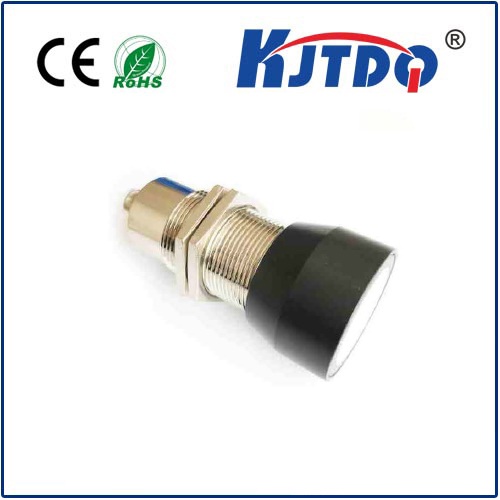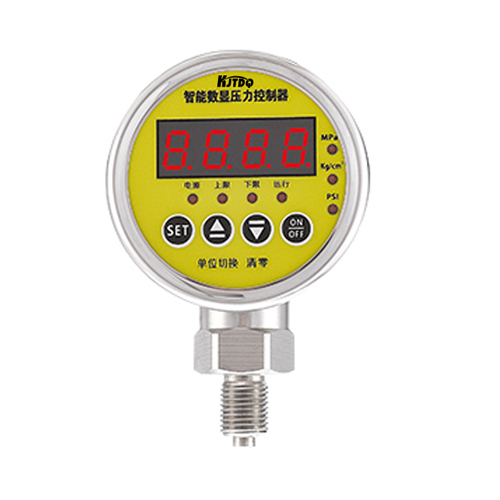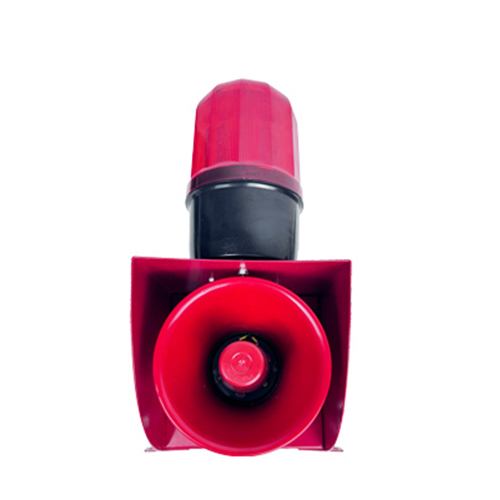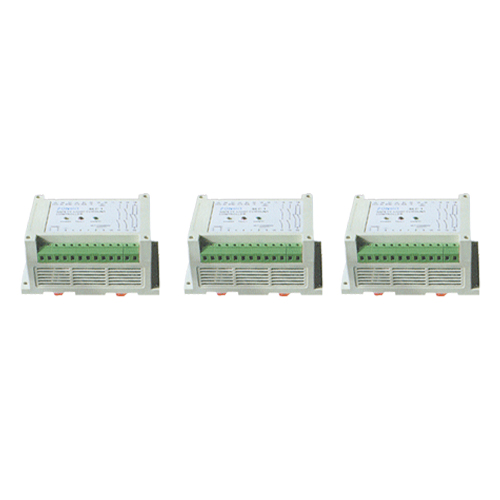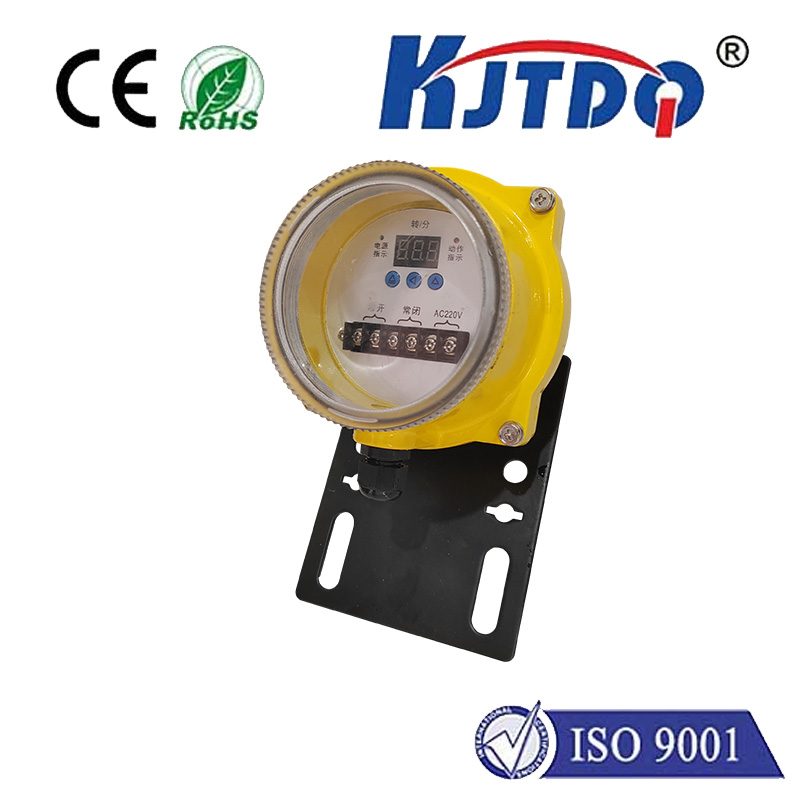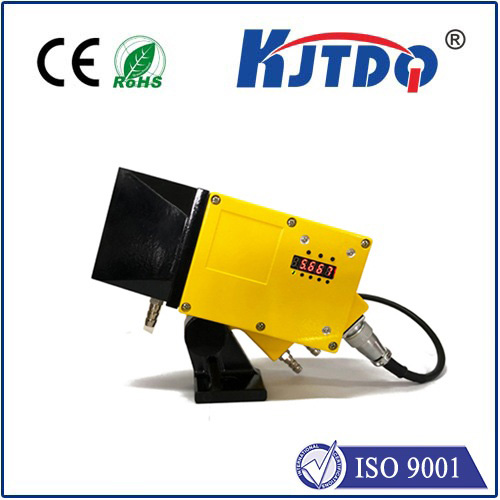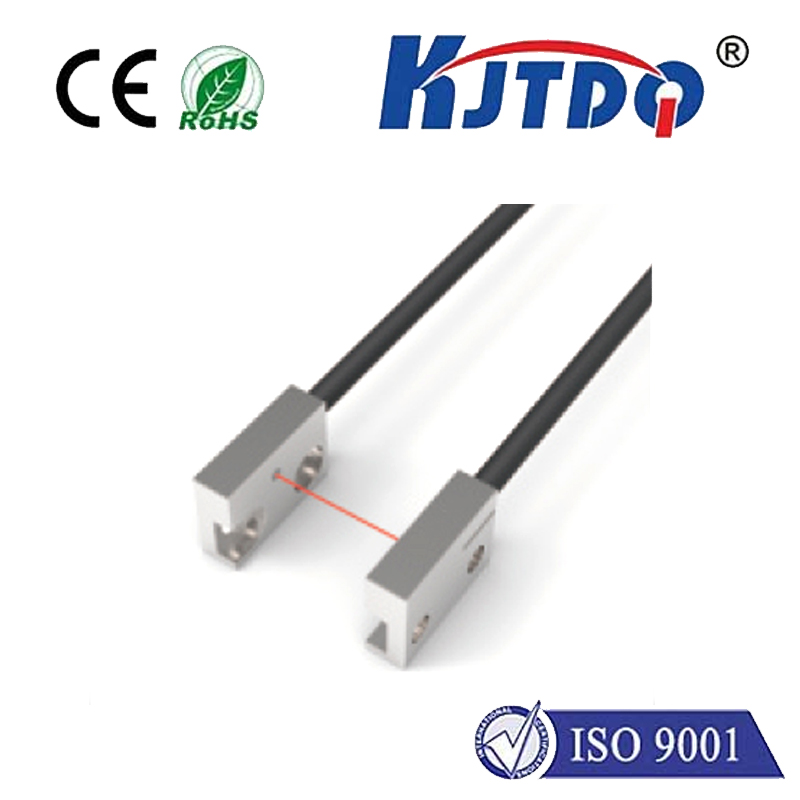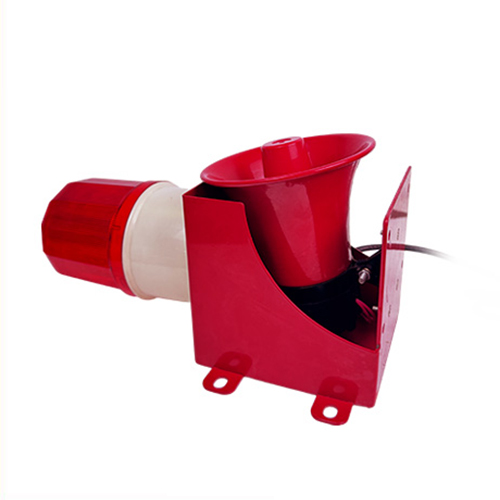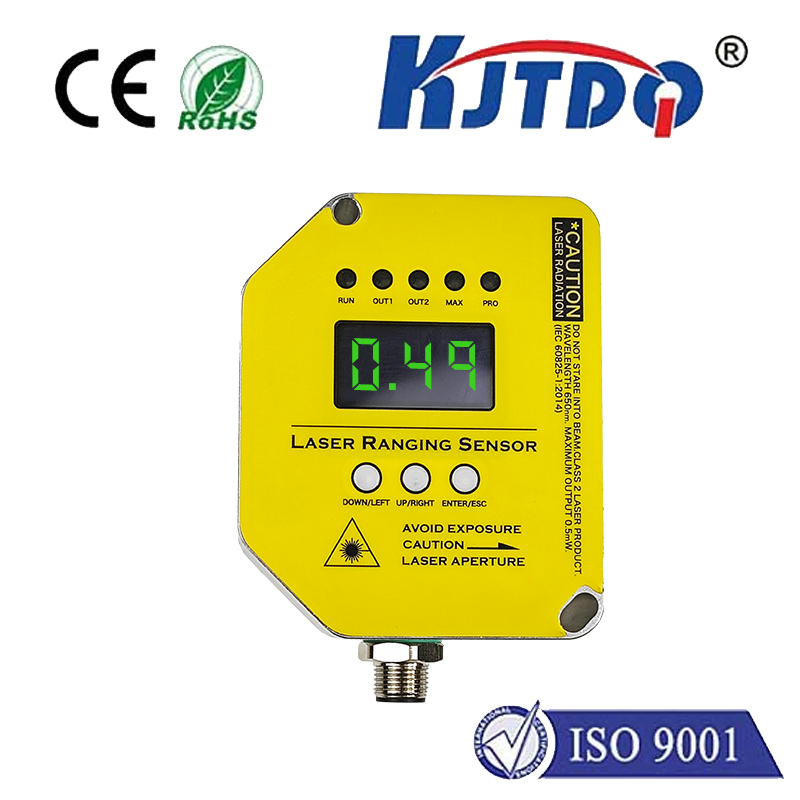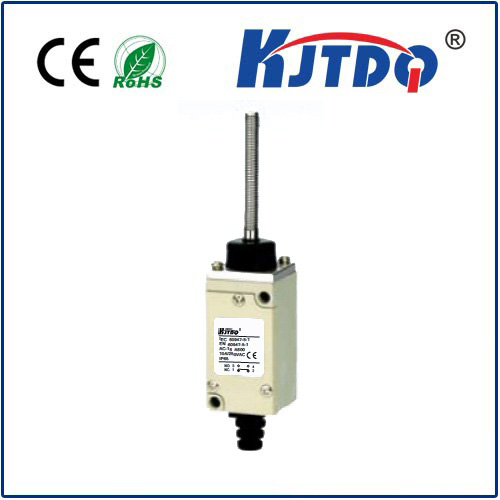BES054E high pressure proximity sensor
- time:2025-10-17 06:28:24
- Click:0
BES054E High Pressure Proximity Sensor: Uncompromised Sensing Where Pressure Peaks
Imagine the relentless forces within a hydraulic press, the pressurized depths of oil exploration equipment, or the demanding interior of high-pressure test chambers. In these environments, where immense forces are constantly at play, conventional sensors often falter. Reliable object detection becomes not just a matter of efficiency, but of critical safety and process integrity. This is precisely the domain where the BES054E High Pressure Proximity Sensor excels, engineered to perform flawlessly where standard sensors simply cannot.
Proximity sensors are the silent sentinels of industrial automation. They detect the presence or absence of metallic objects without physical contact, typically using electromagnetic fields (inductive sensors) or optical principles. Their role is fundamental: signaling the position of components, counting parts, controlling machinery sequences, and preventing collisions. However, standard proximity sensors are designed for ambient pressures. Subject them to environments exceeding tens or even hundreds of bar, and their performance degrades, seals can fail, or internal components are physically deformed, leading to inaccurate readings or complete failure. The high pressure environment presents unique challenges: potential ingress of fluids, stress on housing materials, and potential changes in the sensor’s internal characteristics.
The BES054E is explicitly designed to conquer these challenges. It stands as a specialized variant within the broad category of inductive proximity sensors, but one built with the rigors of extreme pressure in mind. Its core function remains the contactless detection of metallic targets, but its construction and performance envelope are tailored for resilience under duress.

So, what makes the BES054E the go-to choice for demanding applications?
- Robust High-Pressure Housing: This is the foundation. The sensor body is constructed from materials specifically chosen for high mechanical strength and resistance to deformation under load. Think high-grade stainless steel alloys rather than standard plastics or lighter metals. Critical to this is the sealing technology. The BES054E employs specialized, multi-layered sealing systems and designs (often featuring welded seams or specific gland designs) to achieve exceptional ingress protection (IP ratings like IP67, IP68, IP69K) and, crucially, pressure resistance ratings. These ratings clearly define the maximum operating pressure (e.g., 350 bar, 500 bar) and test pressure the sensor can withstand without leakage or performance compromise.
- Immunity to Pressure Fluctuations: Beyond just surviving the pressure, the BES054E is designed to maintain stable sensing performance within its rated pressure range. Changes in ambient pressure shouldn’t significantly alter its switching point or sensing distance. This stability is achieved through careful internal design, including pressure-compensated elements or configurations less susceptible to pressure-induced strain.
- Reliable Operation in Harsh Conditions: High-pressure environments often come hand-in-hand with other challenges: extreme temperatures, vibrations, aggressive fluids (like hydraulic oil, seawater, coolants), and potential impacts. The BES054E is typically built to withstand these harsh industrial environments, featuring resistance to chemicals, wide operating temperature ranges, and high vibration/shock resistance.
- Critical Safety Features: In high-pressure systems, a sensor failure can be catastrophic. Features like short-circuit protection, overload protection, and reverse polarity protection are often standard on sensors like the BES054E, safeguarding both the sensor itself and the connected control systems. Its robust design inherently enhances process safety by preventing leaks under pressure.
- Flush or Non-Flush Mounting Options: Depending on the specific variant, the BES054E may offer flush or non-flush mounting capabilities. Flush-mountable sensors can be installed embedded in metal, crucial in high-pressure pipelines or cylinders where protrusions are not permissible, whereas non-flush sensors offer slightly longer sensing ranges but require mounting space.
Where the BES054E Proves Invaluable:
The unique capabilities of the BES054E High Pressure Proximity Sensor make it indispensable across several critical industries:
- Hydraulics & Pneumatics: Monitoring piston position within high-pressure cylinders (both hydraulic and pneumatic), detecting valve spool position, confirming clamp or tool position in presses. Ensuring the correct sequence and preventing cylinder over-travel under high load is vital.
- Oil & Gas (Upstream & Downstream): Used in subsea equipment, wellhead control systems, high-pressure manifold monitoring, and within exploration/drilling apparatus. Reliability under immense pressure deep underwater or underground is non-negotiable.
- Chemical & Petrochemical Processing: Monitoring valves, agitators, or doors within high-pressure reactors and vessels. Detection must occur reliably despite exposure to aggressive media and extreme pressures.
- Power Generation (Hydropower/Hydroelectric): Monitoring turbine components, gate positions, and hydraulic actuators within power plants where pressures are immense.
- Heavy Machinery & Presses: Position feedback in forging presses, stamping machines, and injection molding machines dealing with high clamping forces. Precise position feedback protects the machinery and workpiece.
- High-Pressure Testing Equipment: Verifying component presence or position within autoclaves, pressure vessels, and test rigs designed to simulate extreme conditions.
- Marine Applications: Hydraulic systems on ships and offshore platforms, including actuator position feedback and winch control.
Key Considerations When Deploying:
Selecting the right BES054E (or any high pressure proximity sensor) requires careful attention to:
- Pressure Rating: This is paramount. Ensure the sensor’s rated operating pressure and test pressure exceed the maximum expected pressure in the application, including potential pressure spikes or surges. Never operate near the absolute maximum limit.
- Media Compatibility: Verify the sensor’s wetted materials (housing, seals, sensing face) are compatible with the fluid or gas in the environment (hydraulic oil, H2S, seawater, chemicals).
- Temperature Range: Confirm the sensor’s specified operating temperature range covers the ambient and process temperatures encountered.
- Electrical Specifications: Match the required operating voltage (e.g., 10-30V DC), output type (typically PNP or NPN, NO or NC), and current rating to your control system.
- Sensing Distance & Target: Ensure the nominal sensing distance is suitable for your mounting constraints and that the target material (steel, stainless steel, etc.) and size meet the sensor’s requirements.
- Mounting & Environment: Consider space limitations (flush vs. non-flush), vibration levels, and potential exposure to water jets or cleaning procedures (requiring high IP ratings).
In the demanding world of high-pressure industrial applications, ordinary sensors represent a significant risk. The BES054E High Pressure Proximity Sensor stands as a specialized solution, engineered from the ground up to deliver






